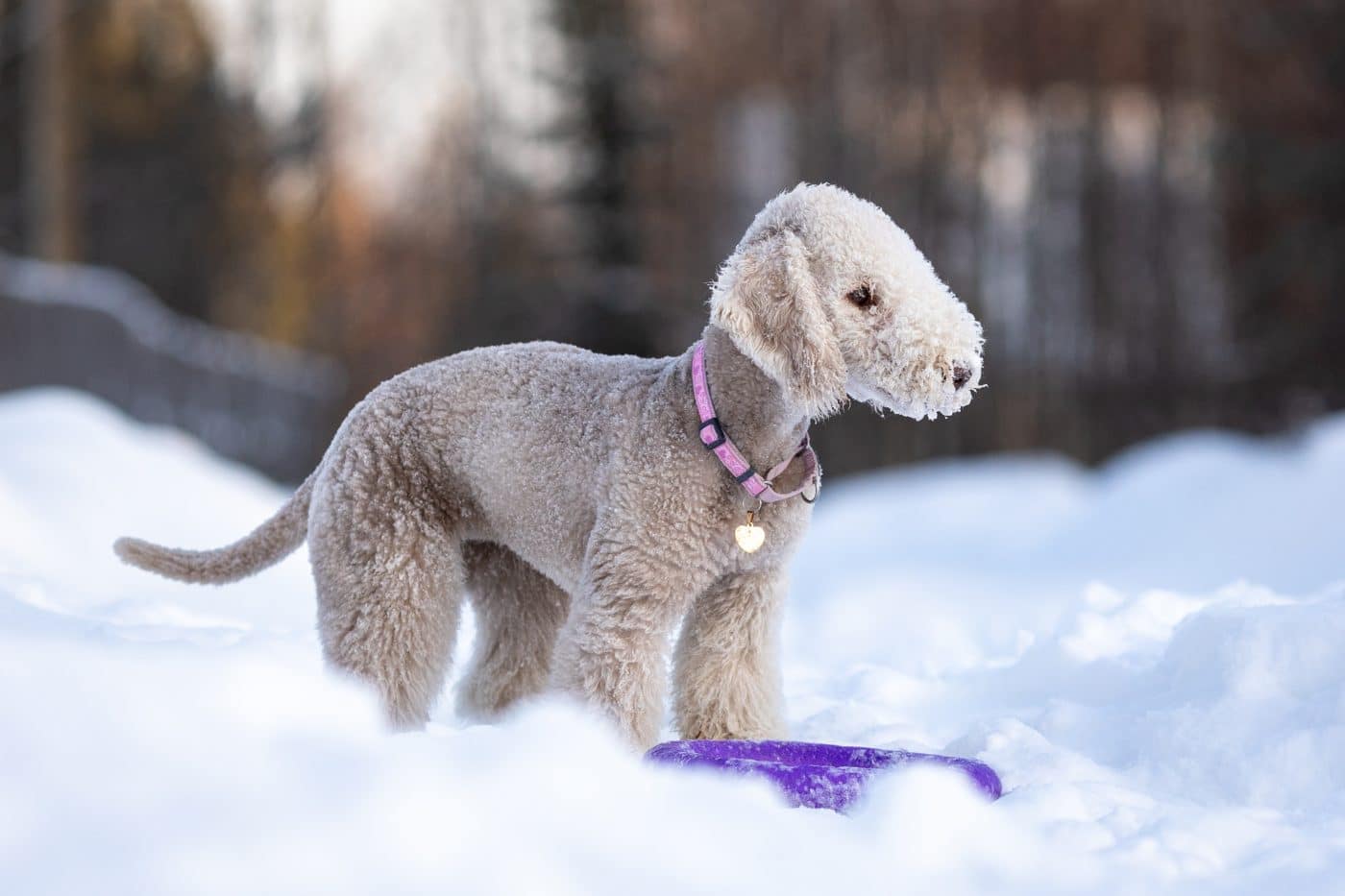 Shutterstock
Shutterstock
Some dog breeds had their moment in the historical spotlight, vanished like your Wi-Fi during a Zoom call, and then made a dramatic comeback that would make any celebrity jealous. Whether wiped out by wars, abandoned by changing trends, or simply too ahead of their time, these pups dipped out of history before clawing their way back into our hearts, homes, and Instagram feeds. They went from being rare or nearly extinct to suddenly strutting through dog shows, trending on TikTok, or lounging in designer beds like nothing ever happened.
Tibetan Mastiff
 Shutterstock
Shutterstock
Once the Tibetan monasteries guarded and protected livestock from snow leopards, the Tibetan Mastiff was like the original Himalayan bodyguard. Then poof—they practically vanished into the mists of the mountains. For centuries, they remained obscure and mysterious, hidden away in the cold heights of Tibet, seen only by monks and a few terrified intruders. But when photos of these massive, lion-maned giants hit the internet, the breed exploded back onto the global scene. With price tags rivaling sports cars and a presence that screams, “You shall not pass,” the Tibetan Mastiff returned in full, majestic force.
Xoloitzcuintli (Mexican Hairless Dog)
 Shutterstock
Shutterstock
This ancient, hairless wonder once roamed with Aztecs, Mayans, and Toltecs, believed to guide souls to the afterlife. Then colonialism happened, and the Xolo basically dropped off the historical radar. For centuries, they existed in remote villages, barely recognized beyond local lore. Fast forward to modern times, and boom—the Xolo came back with glowing skin, cool vibes, and a spot in movies like Coco. Now, they’re not only ancient history buffs but trendy urban pets with a minimalist look and spiritual swagger.
Basenji
 Shutterstock
Shutterstock
The Basenji is the “barkless dog” that ancient Egyptians adored—so much so that they were depicted in hieroglyphics and entombed with royalty. But as empires fell and the sands of time did their thing, this silent hunter basically ghosted civilization. Westerners didn’t even rediscover the breed until the 19th century, and even then, it took a few tries (and failed import attempts) to get them back. Today, Basenjis are back with a vengeance—yodeling, outsmarting their humans, and demanding respect as the brainy, ancient cool kids they’ve always been.
Norwegian Lundehund
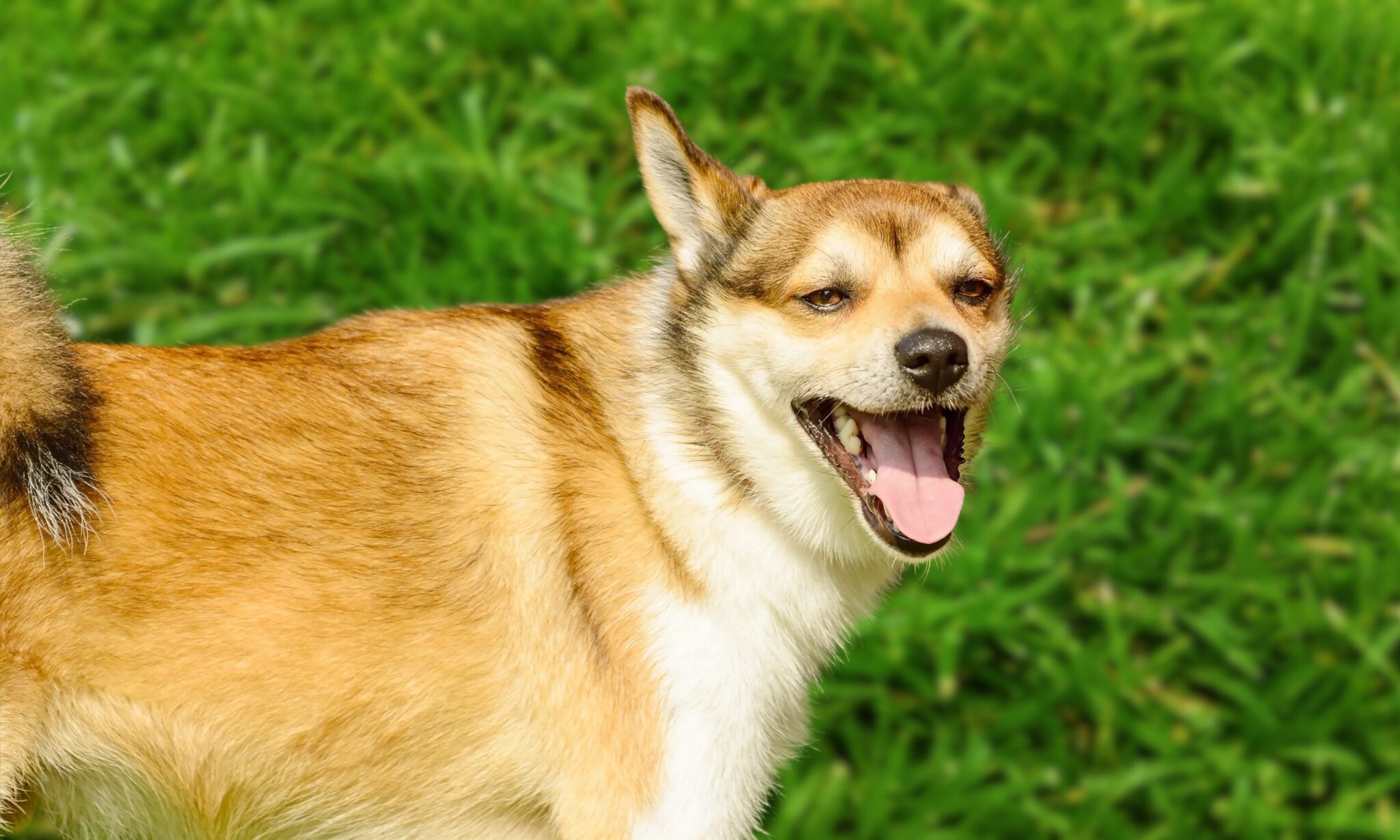 Shutterstock
Shutterstock
The Norwegian Lundehund was bred to scale cliffs and hunt puffins in the remote islands of Norway. With six toes, flexible joints, and the ability to bend their head backward, they were practically built by nature’s version of a mad scientist. But when puffin hunting fell out of favor, and World War II struck, the breed nearly vanished. At one point, only six dogs remained. Thanks to dedicated breeders with a love for weirdly talented puffin hunters, the Lundehund made a comeback and now struts its stuff as a rare but fascinating marvel of evolution.
Bedlington Terrier
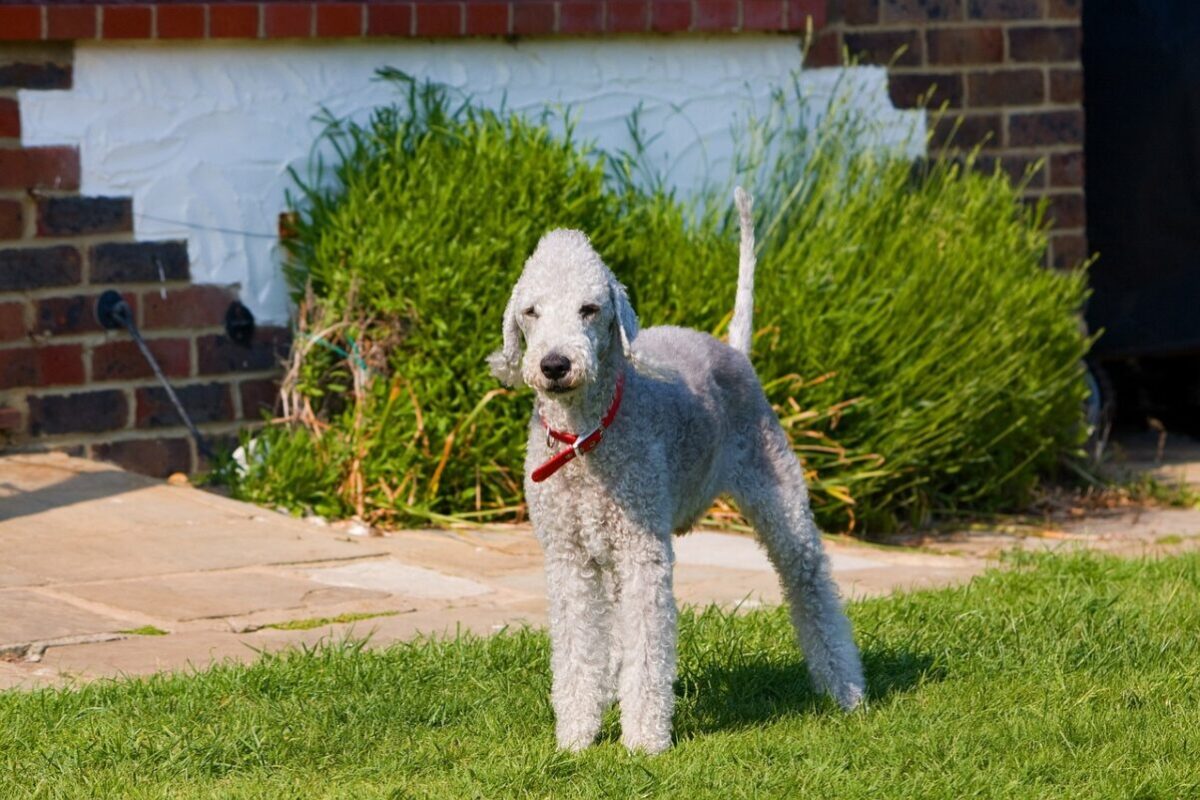 Shutterstock
Shutterstock
The Bedlington Terrier looks like a lamb with attitude. Originally prized in English mining towns for its tenacity and charm, the breed faded into the background when flashier terriers took center stage. For a while, Bedlingtons were more likely to be found in history books than on sidewalks. But their unique look, hypoallergenic coat, and fierce-but-sweet demeanor helped them claw their way back into the spotlight. Now they’re popping up in show rings and stylish homes, once again making people say, “Wait, is that a sheep?”
Dogo Argentino
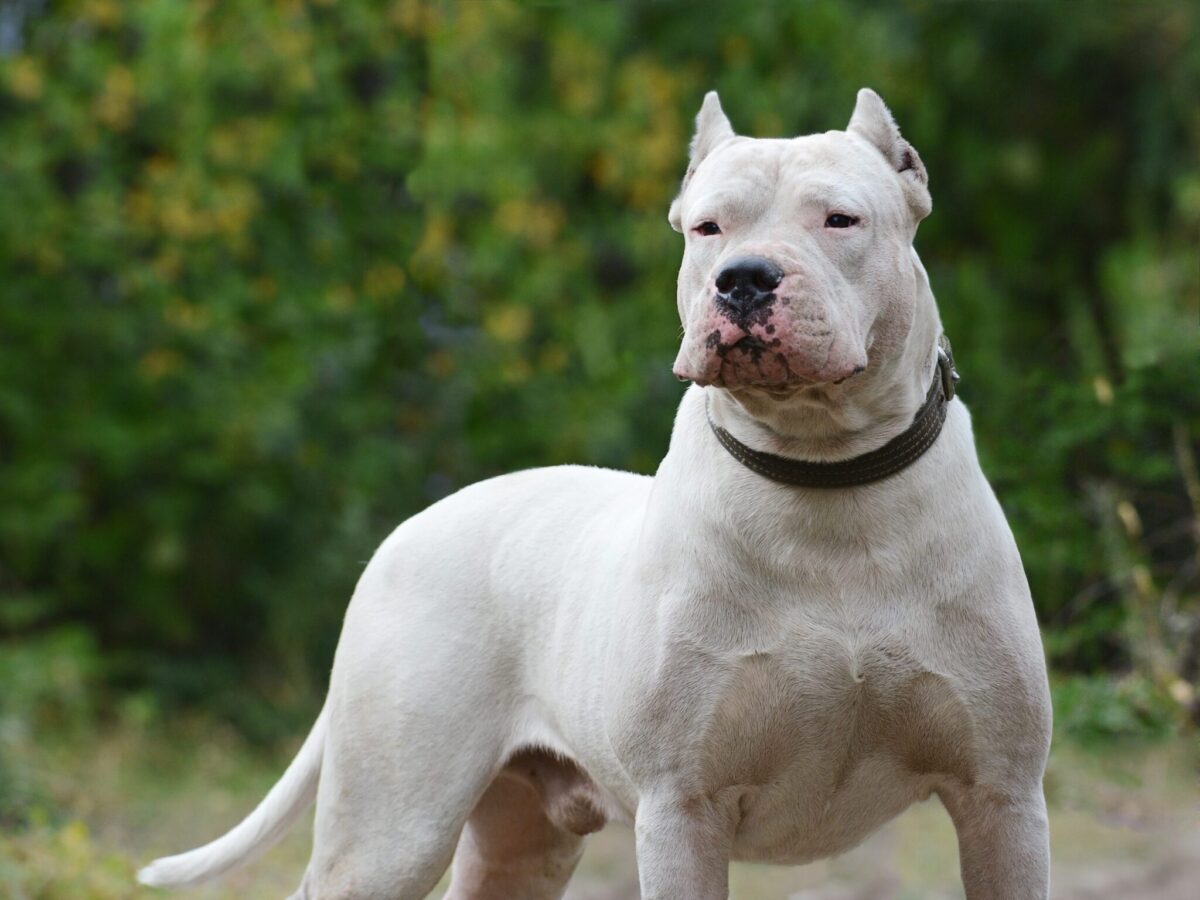 Shutterstock
Shutterstock
Developed in Argentina in the 1920s for big-game hunting, the Dogo Argentino was bold, powerful, and almost too intense for its own good. Political turmoil and strict breed bans nearly erased them from several countries. However, dedicated breeders preserved the line, emphasizing the Dogo’s loyalty and athleticism over its past reputation. Today, they’ve gone from outlawed to admired in circles that value working dogs, and they’re returning as heroic search-and-rescue pups, loyal family guardians, and drool-drenched legends in the making.
Otterhound
 Shutterstock
Shutterstock
Once highly valued for hunting otters (yes, that was a thing), the Otterhound had a very niche job—and when otter hunting was outlawed, this big, shaggy breed nearly slipped into extinction. With a dwindling gene pool and a bark that could wake the dead, the Otterhound was almost forgotten. But thanks to breed enthusiasts who couldn’t bear to see such a lovable goof disappear, the Otterhound is now slowly bouncing back. While still considered rare, they’re making waves with their charm, giant noses, and wet-dog-hair aesthetic.
Sloughi
 Shutterstock
Shutterstock
The Sloughi, also known as the Arabian Greyhound, has been gliding across North African deserts forever, revered by Berber tribes for its speed, grace, and loyalty. Colonial disruption and modernization saw their numbers dwindle, and for a while, they were overshadowed by flashier sighthounds. But the Sloughi refused to fade into the sands of time. Breed preservation efforts have brought them back to the world stage, and now these desert sprinters are capturing hearts with their noble profile and quiet dignity.
Leonberger
 Shutterstock
Shutterstock
Once bred to resemble lions (no joke), Leonbergers were favorites among European royalty—until two world wars wiped out almost the entire breed. By the end of World War II, only a handful remained. Luckily, a few determined breeders carried the torch, and the Leonberger rose from the ashes like a giant, fluffy phoenix. Today, they’re beloved for their calm demeanor, loyalty, and ability to double as living room furniture. Nothing says legendary comeback, like sleeping on your owner’s feet while being the size of a small car.
They Vanished, Then Said “Surprise!”
 Shutterstock
Shutterstock
These comeback canines didn’t just survive history—they totally one-upped it. Whether they were nearly wiped out by war, forgotten after a fashion change, or sidelined for more “modern” breeds, these dogs didn’t stay gone for long. With a little help from passionate humans and a whole lot of legendary DNA, they returned to take their rightful place in the spotlight. So next time you spot one of these breeds prancing down the street like they own the past, present, and future—know that they kinda do.

 3 weeks ago
23
3 weeks ago
23








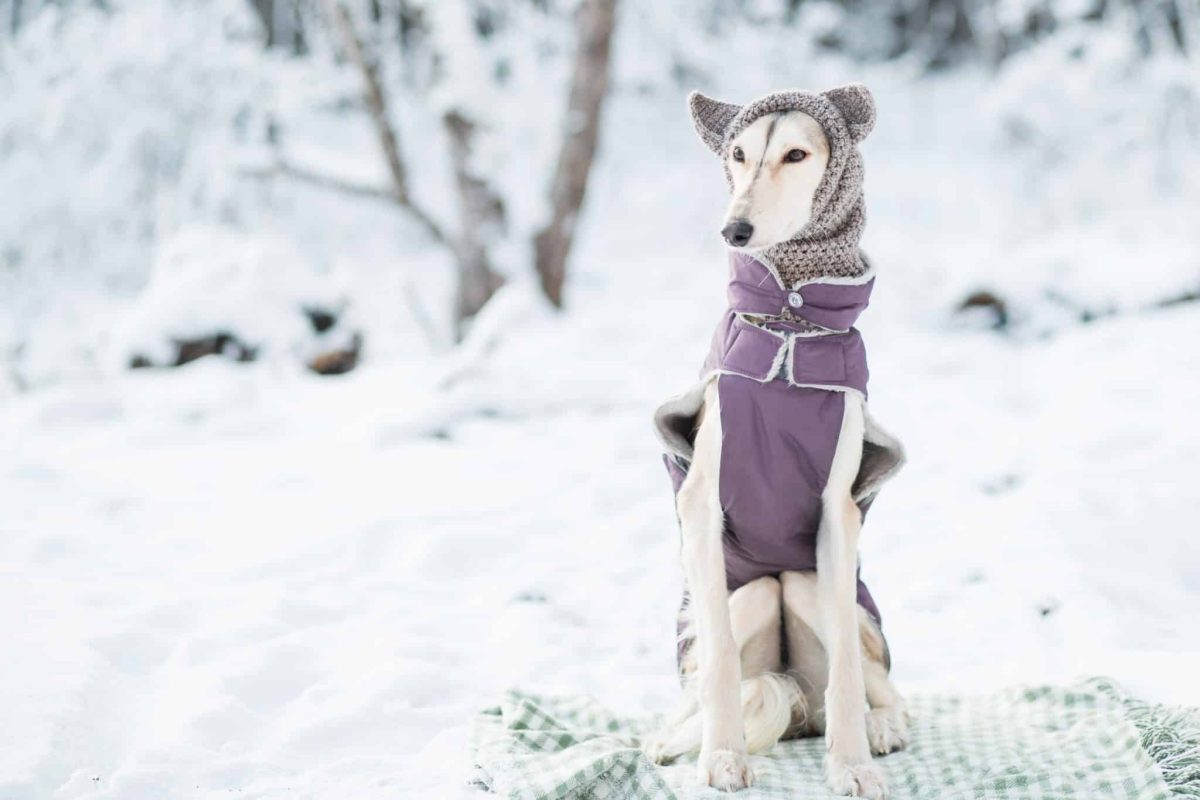
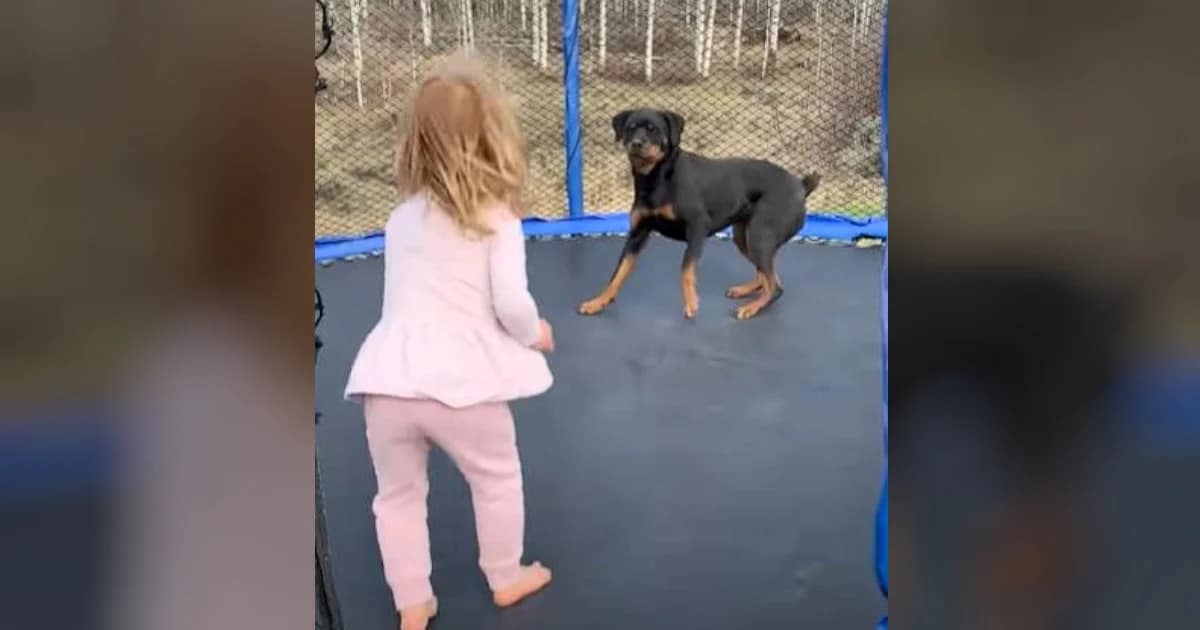
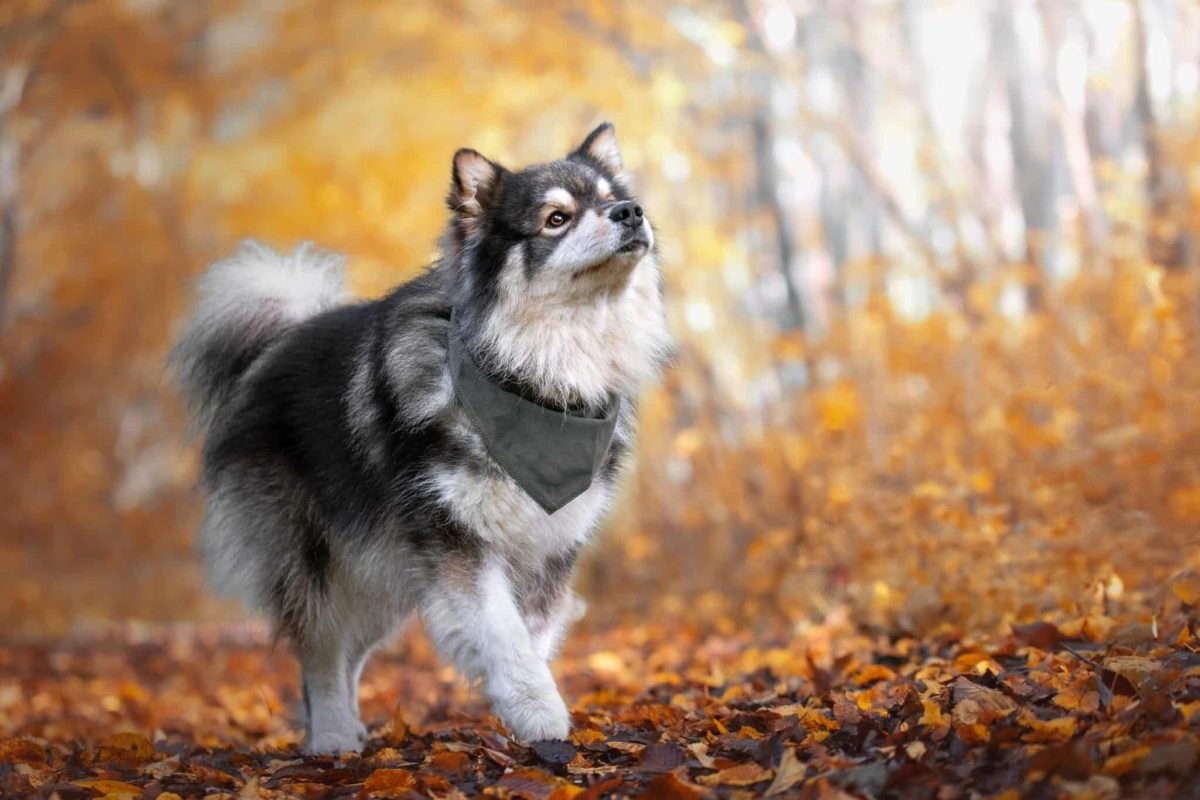



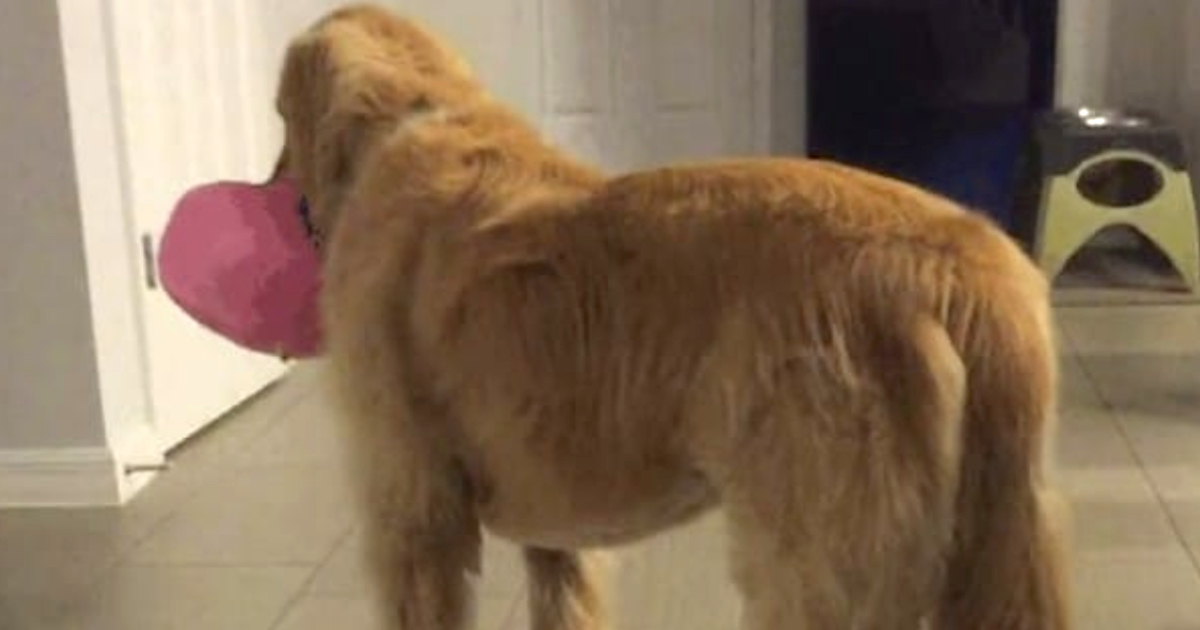
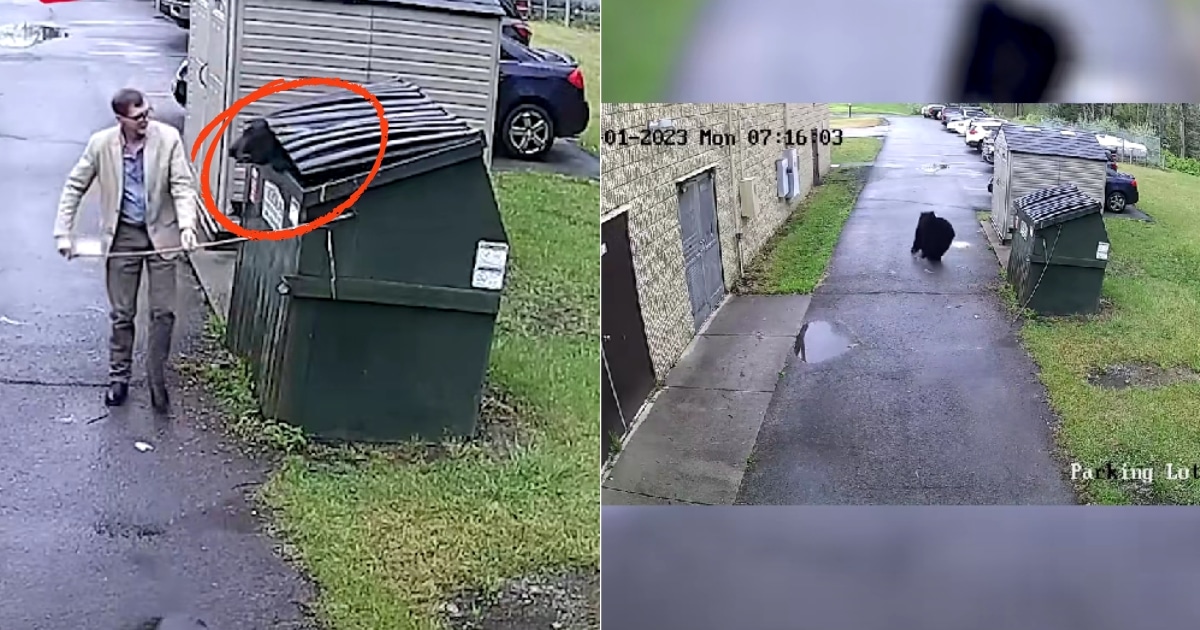
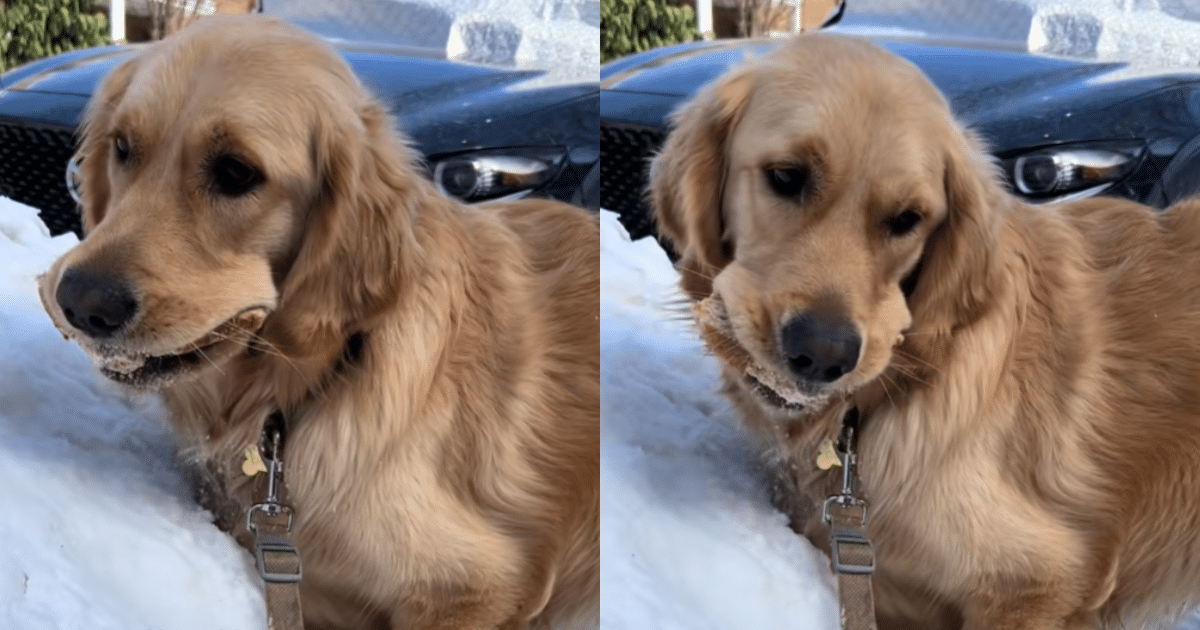

 English (US) ·
English (US) ·